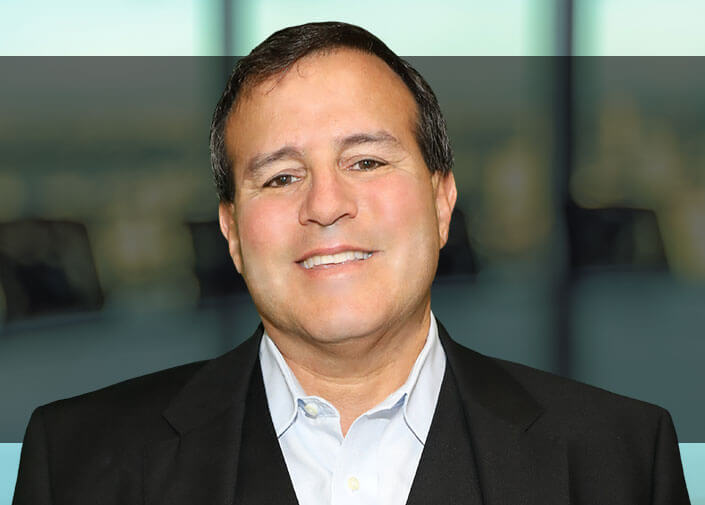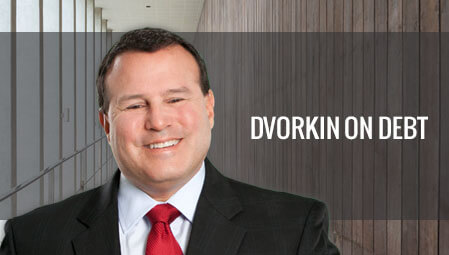Here's some nonpartisan perspective on the student loan crisis.
Here’s a surefire way to know when something officially becomes a “crisis” in this country: Both liberal Democrats and conservative Republicans utter the word. Hence, the current “immigration crisis.” Next up, I predict a “student loan crisis.”
Sadly, the political parties agree upon little else except the word. With student loans topping $1.2 trillion — far more than the $872 billion in credit card debt — I don’t care which lawmaker has an R or a D after their name. The only letters I care about are CPA. I’m one, and here’s what I hate about both parties’ proposals so far.
Where Democrats come up short
You can’t spend your way out of debt. That’s never worked with any individual I’ve ever counseled on credit card debt, and I doubt it will work for student loans. Here’s what I am talking about: This summer, Sen. Elizabeth Warren (D-Mass) wanted to allow students to refinance their loans at 3.86 percent. The problem was, it would have cost the government $51 billion over a decade to offer borrowers that lower rate.
Warren offset that expense by pushing for the so-called Buffet Rule, which would tax millionaires who pay less than 30 percent in income taxes. In June, Senate Republicans blocked her legislation. Warren said she wanted to “help young people who are just starting their economic lives.” Adding to the federal debt they’ll inherit seems like a little help now for a lot of trouble later on.
Where Republicans fall short
About the same time, Sen. Marco Rubio (R-Florida) partnered with moderate Democratic Sen. Mark Warner from Virginia to introduce the Dynamic Repayment Act, which has two key components: those with federal student loans automatically pay a percentage of their income so they don’t go broke, and the money is automatically deducted from paychecks, just like withholdings. This bipartisan plan has so far elicited cautious optimism from both the left and right, but it doesn’t actually reduce the nation’s student loan debt. That’s what Republicans campaign on: Reducing debt.
The problem isn’t the problem
The solution to the student loan “crisis” has nothing to do with student loans. For that, we need to trace the problem back to its origins: Skyrocketing tuition. A couple of years ago, the federal government crunched some numbers and found that tuition in 1981 cost just under $8,500 (measured in 2011 dollars). In 2011, it cost more than $19,300. Only recently have tuition hikes ebbed. The College Board reported a “relatively small increase” of 2.9 percent for in-state students at public four-year institutions last year. That was 0.9 percent after adjusting for inflation.
I’m not the first to cynically suggest that universities raised tuition because they knew they could — the government was subsidizing students, and the universities capitalized. Now that there’s a “student loan crisis,” those schools are scaling back their increases. So really, there’s a “tuition crisis.”









